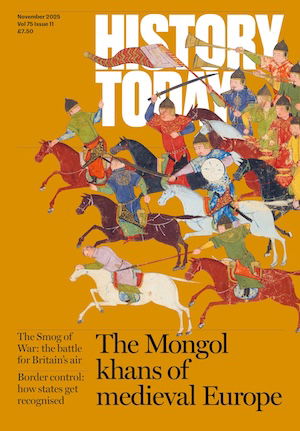The Art of Caricature
Edward Lucie-Smith
The word caricature is derived from the Italian caricatura, ‘a likeness which has been deliberately exaggerated’, but, as Edward Lucie-Smith explains in his The Art of Caricature (Orbis Publishing, London) this exaggeration often has only a tenuous connection with the idea of making a joke.
Mr Lucie-Smith points out that what can be called a caricature can easily be an allegorical or emblematic drawing, the purpose of which is not to make the reader smile, but rather to think. ‘What the label does usually imply is some degree of fantasy or exaggeration plus an attempt to use a genuinely popular idiom’, adds Mr Lucie-Smith, and he emphasises that caricature is defined by reference to the audience at which it is aimed rather than by the artist’s style.
The caricature aims to express an idea in a way which makes it accessible to large numbers of people and while caricatures can be the most trivial of art forms, ‘the most light-hearted and irresponsible’ with the aim to divert, the greatest caricatures return to their medieval origins by being essentially moral satire rather than about the nature of individual men’.





